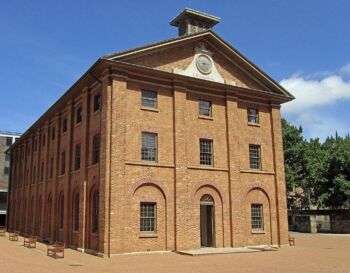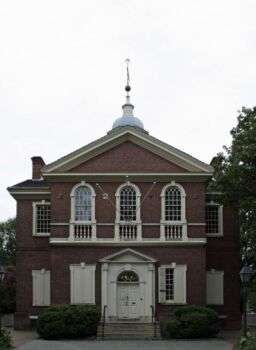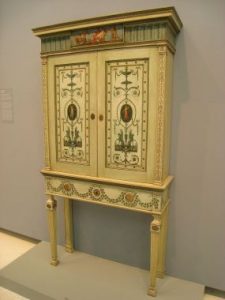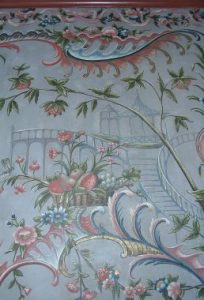The late Georgian period refers to the reign of George III, and was a reaction to the Palladian and Rococo revival trends.

Image source: https://search.creativecommons.org/photos/46f811ef-a9de-4f42-a659-87971ffef5b3 by Newtown grafitti
A Style Loved by The English$
The different styles of ornament introduced in the early Georgian period was the beginning of furniture styles that expressed the individuality of the designer and master cabinet-maker. Further, these projects are quite relevant to modern furniture conception. When self-builders and renovators want to create a home in a period style, they think about Georgian design, which has an everlasting place in the hearts of British customers.

Image source: https://search.creativecommons.org/photos/cf6de009-5bfd-4538-8479-61a61cc810e9 by pquan

Image source: https://search.creativecommons.org/photos/0caa3552-8fe6-49ad-bbea-e055c345f4b3 by Ken Lund
What are the Most Important Georgian Style Artists?
The Georgian era saw great achievements in the decorative arts, such as the technical and aesthetic improvements made in pottery by Josiah Wedgwood and Josiah Spode. Further, furniture design fused distinct and memorable styles, ranging from the complicated lines of pieces by Thomas Chippendale to the classical influence of the Robert Adam, or the straight, simple line work of George Hepplewhite and Thomas Sheraton.

Image source: https://en.wikipedia.org/wiki/Robert_Adam#/media/File:Bookcase,_Robert_Adam_(1728-1792),_1776_-IMG_1604.JPG
What are the Key Late Georgian Style Characteristics
Late Georgian homes are known for simplicity, power, prestige, and stability. In the early Georgian period, proportion was a key factor, and most Late Georgian estates used classical architecture as inspiration. As a result, many grander Late Georgian mansions have columns and classical motifs. Later on, Late Georgian design was used for smaller houses, became standardized and had precise design features, including wallpaper, chinoiserie, and sash windows.

Image source: https://en.wikipedia.org/wiki/Chinoiserie#/media/File:Behang.chinoiserie.jpg
Info source:
http://www.english-heritage.org.uk/learn/story-of-england/georgians/architecture/
